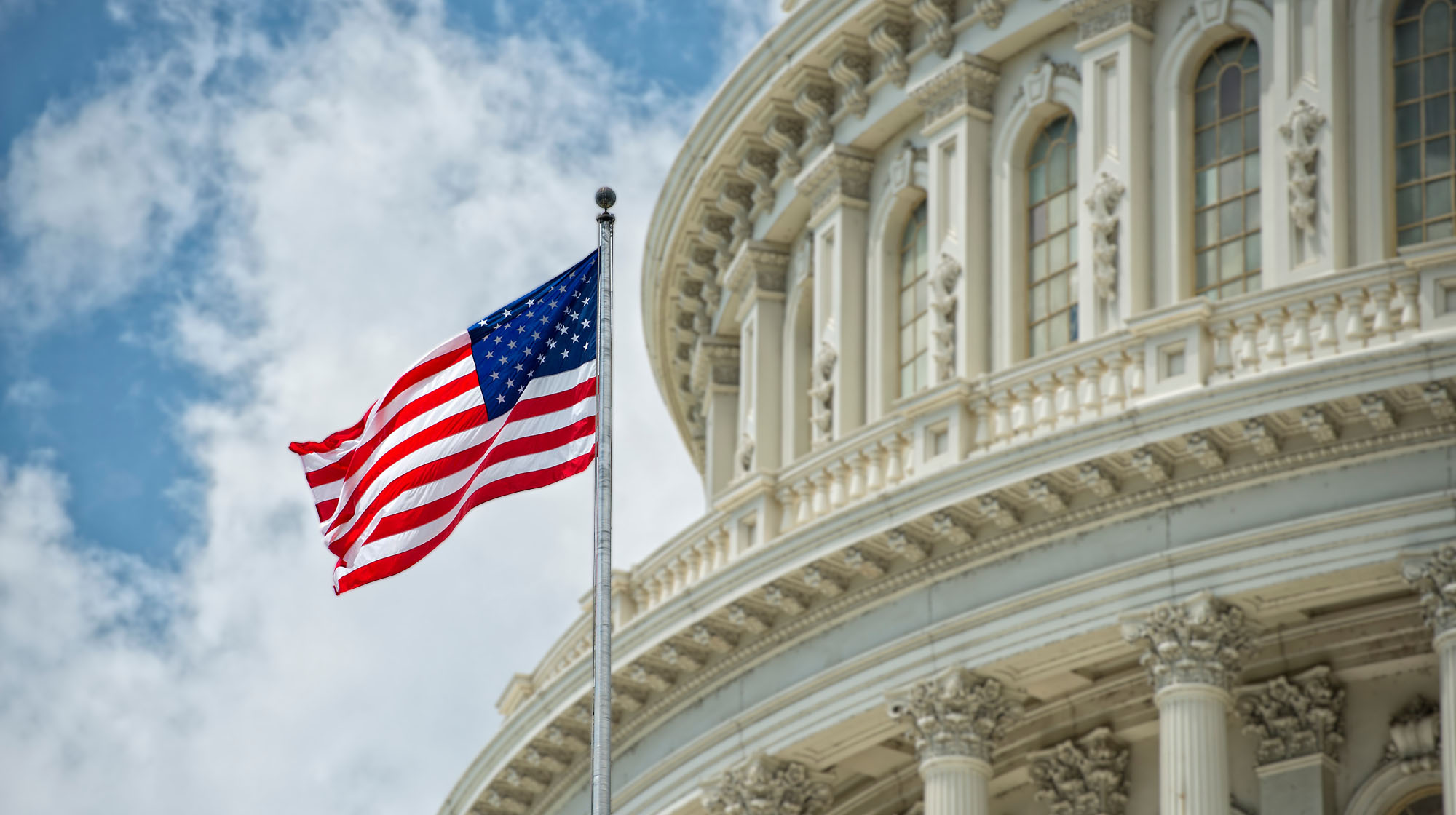Virtual Communication Technology: A Vital Tool for Government Agencies

In the evolving digital age, government agencies must embrace technology to enhance their efficiency, accessibility and effectiveness. Virtual communication technology, such as video conferencing platforms, collaboration software, video conferencing cameras, and other connectivity solutions, have emerged as critical tools for government operations. These collaboration devices have already and will continue to have a transformative impact on three key elements of government agencies: state and local government, public safety teams, and the judicial system.
Enhancing State and Local Government Efficiency and Inclusivity
State and local governments play pivotal roles in public administration, law-making, and service delivery. Effective communication and collaboration are paramount in these areas, and video conferencing solutions offer a viable answer. Visual collaboration solutions enable state and local governments to be more productive and inclusive.
Public Hearings and Constituent Services
Public hearings are a fundamental aspect of the democratic process, allowing citizens to voice their opinions on proposed laws, policies, and projects. However, attending these hearings in person can be challenging for many constituents due to geographical, physical, or time constraints. Visual collaboration solutions bridge this gap by enabling remote participation. It allows citizens to join hearings from their homes, ensuring broader representation and inclusivity.
Similarly, state and local governments can use video conferencing to enhance the delivery of constituent services. From virtual town halls to remote consultations, these technologies ensure that government services are accessible to all, regardless of location. This not only improves citizen engagement but also streamlines administrative processes, reducing the burden on government offices.
Administrative and Law-Making Efficiency
The administrative functions of state and local governments require constant communication and coordination among various departments and stakeholders. Video conferencing technology facilitates seamless collaboration, enabling real-time communication, document sharing, and decision-making. This results in faster and more efficient administrative processes, ultimately benefiting the public.
In law-making, visual collaboration solutions allow legislators to engage in discussions, debates, and voting remotely. This is particularly useful during emergencies or pandemics when in-person meetings are not feasible. By leveraging video conferencing technology, state and local governments can maintain legislative continuity and ensure critical decisions are made immediately.
Empowering Public Safety Teams in Mission-Critical Operations
Public safety teams are entrusted with conducting mission-critical, life-saving activities. These include managing and deploying emergency services, fire prevention and suppression, search and rescue operations, law enforcement, public health services, and disaster response. The ability to communicate effectively in real-time is crucial in these scenarios, and video conferencing cameras can be a game-changer.
Emergency Services and Disaster Response
During emergencies, timely and accurate information is vital. Visual collaboration solutions enable public safety teams to coordinate their efforts efficiently. For instance, during a natural disaster, emergency responders can use video conferencing cameras to receive real-time updates, strategize, and allocate resources effectively – all remotely. This ensures a swift and coordinated response, minimizing damage and saving lives.
Law Enforcement and Public Services
Law enforcement agencies can leverage video conferencing for remote briefings, training sessions, and inter-agency collaboration. This is particularly beneficial for large-scale operations that require coordination among multiple agencies. Additionally, video conferencing cameras can be used to conduct virtual interviews, witness statements, and court testimonies, reducing the need for physical presence and enhancing the efficiency of law enforcement operations. In public health, visual collaboration enables public health officials to disseminate information quickly and coordinate responses to health crises, ensuring that communities receive timely and accurate guidance.
Revolutionizing the Judicial System with Hybrid Courtrooms
The judicial system is undergoing a transformation as courtrooms across the country embrace a new hybrid reality. Judicial leaders are recognizing the potential of technology to improve court experiences and increase access to justice. Video conferencing technology is at the forefront of this revolution.
Virtual Hearings and Trials
Hybrid courtrooms combine in-person and virtual elements to create a more flexible and accessible judicial environment. Visual collaboration solutions enable judges, attorneys, defendants, and witnesses to participate in hearings and trials remotely. This is particularly beneficial in cases where physical presence is challenging due to health, safety, or logistical reasons.
Access to Justice
By incorporating video conferencing cameras, the judicial system can extend its reach to underserved populations. Remote participation reduces travel costs and time, making it easier for individuals to attend court proceedings. This is especially important for those living in rural areas or individuals with disabilities. The increased accessibility fosters a more inclusive judicial process, ensuring that everyone has the opportunity to seek justice.
Administrative Efficiency
Beyond hearings and trials, video conferencing cameras can enhance the administrative functions of the judicial system. Court clerks, judges, and attorneys can collaborate remotely, share documents, and conduct meetings efficiently. This streamlines court operations, reduces delays, and improves overall productivity.
Visual collaboration solutions, which can be supported through AVer Information's extensive lineup of video conferencing cameras, are revolutionizing the operations of government agencies. From enhancing the efficiency and inclusivity of state and local governments to empowering public safety teams in mission-critical operations and revolutionizing the judicial system, the impact of video conferencing is profound. As government agencies continue to embrace this technology, they will be better equipped to serve their constituents, respond to emergencies, and deliver justice in an increasingly digital world.
To learn more about the latest video conferencing technology from AVer Information, please visit https://www.averusa.com.


